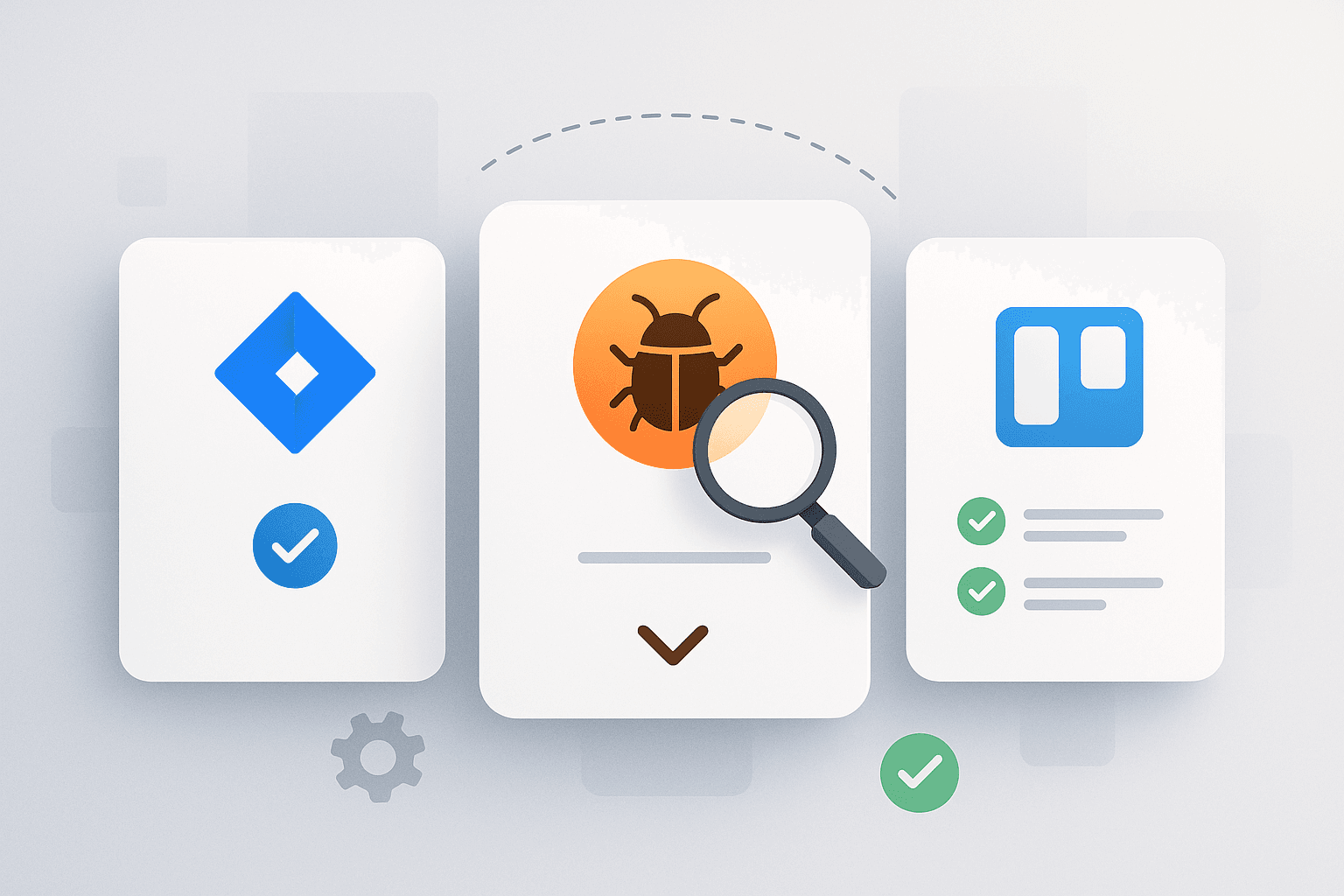Jira is the best option for large-scale projects, especially those following agile methodologies like Scrum or Kanban. It offers comprehensive features such as custom workflows, robust reporting tools, and integrations with other development tools.
-
Breaks down how Jira, Bugzilla, and Trello differ in features, workflow style, and ideal use cases.
-
Highlights the strengths and limitations of each tool for bug tracking and team collaboration.
-
Includes a comparison table to help teams pick the right tool based on size and complexity.
-
Offers practical recommendations for choosing the best bug-tracking solution for your workflow.




